Proof of concept of a new take on an old technology.
- High-quality, attractive construction
- Powerful sub-bass
- Innovative acoustic damping tube design
- Pleasant low-end-focussed sound signature
- Stingy included accessories
- The short nozzle may cause fit issues
- Average technical performance
- A tough sell in a competitive market
If you have paid attention to the booming Chinese-made, affordable IEM market over the last few years, the Crinacle and Kiwi Ears names are likely immediately recognizable.
Crinacle is known for his extraordinary IEM measurement database at In-Ear Fidelity, his jump to YouTube stardom, and his eventual recruitment to the Headphones.com team. Kiwi Ears is a well-respected IEM producer with standout pairs, including the Cadenza, Melody, Quartet, and Orchestra, which have garnered much praise within the audio community.
The Singolo are also getting considerable attention, not simply for being a collaboration between these two popular entities, but for championing a new take on an old design. Crinacle set out to tune a pair of single dynamic driver IEMs with a “subwoofer-like response” using a tuned Helmholtz resonator.
While the term Helmholtz resonator sounds (to my ears) suspiciously like steampunk pseudo-science, it’s actually a 19th-century invention that allows for precise tuning using a specially designed tube (length and diameter) within the body of the IEM behind the driver. Kiwi Ears calls their version Kiwi Acoustic Resonance System (KARS).
Are the Singolo a revolution in IEM design or merely another questionably successful attempt at doing something new? Let’s find out.
One Minute Review Video
Design and Build
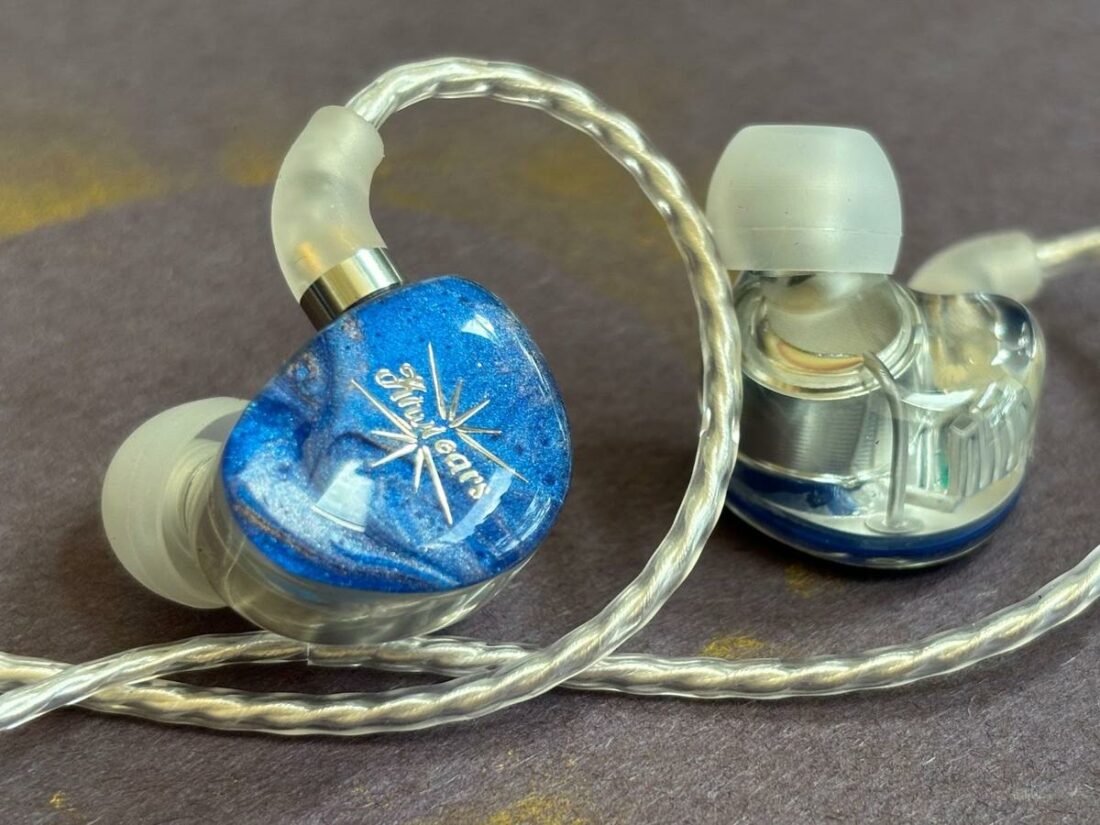
The well-crafted 3D-printed transparent resin bodies are crystal clear, allowing you to see the driver and tube contained within. The blue and silver swirled face plates shine with a jewel-like luster. The short nozzles are constructed of silver metal, while the 2-pin ports are flush with the body. There are no external ports.
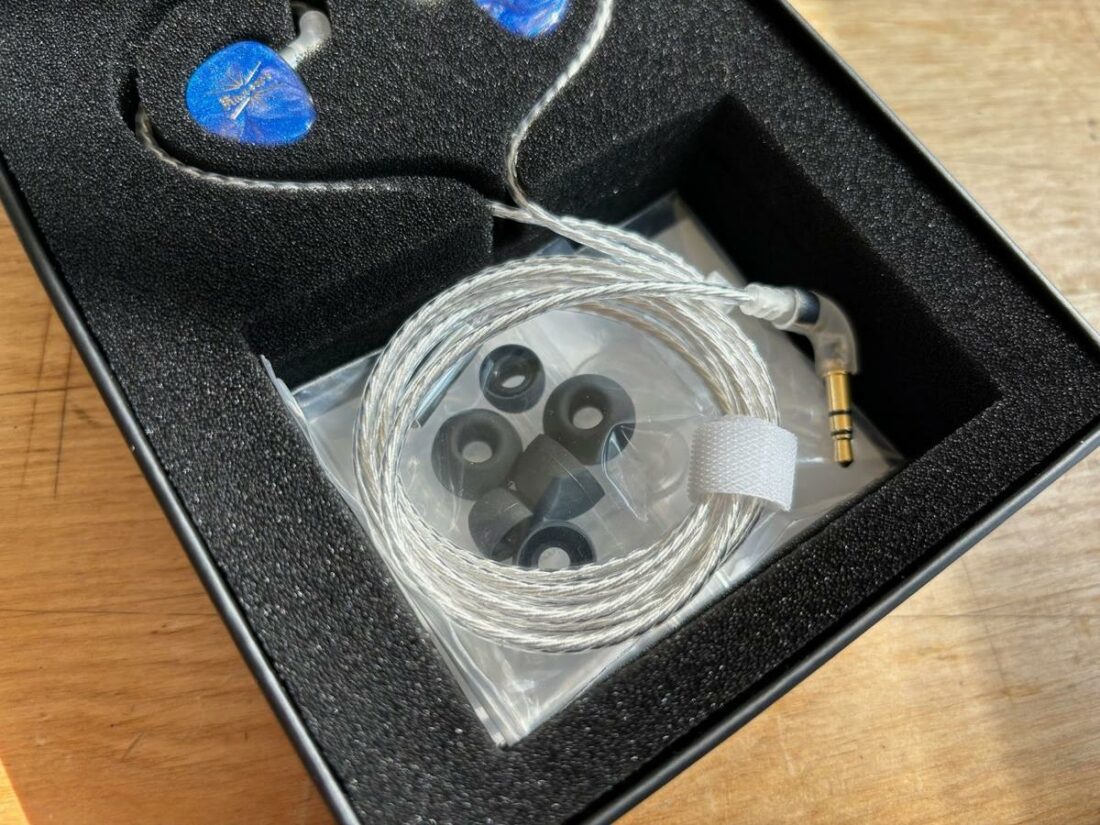
Cable
The build quality is good. The accessories are not.
Admittedly, this is a sub-USD$100 set of IEMs, but the skimpy set of included accessories isn’t confidence-inspiring. Two sets of silicone ear tips (wide and narrow in small, medium, and large) plus an inexpensive feeling cable.
That’s it. There’s not even a basic case in the box.
The cable is thin and rubbery, with clear plastic used for the chin cinch and plugs (both 2-pin and angled 3.5mm). The ‘L’ and ‘R’ markings on the 2-pin plugs are difficult to see, making reconnection unnecessarily tricky. Unwanted microphonic noise transmitted along the cable is also noticeable.
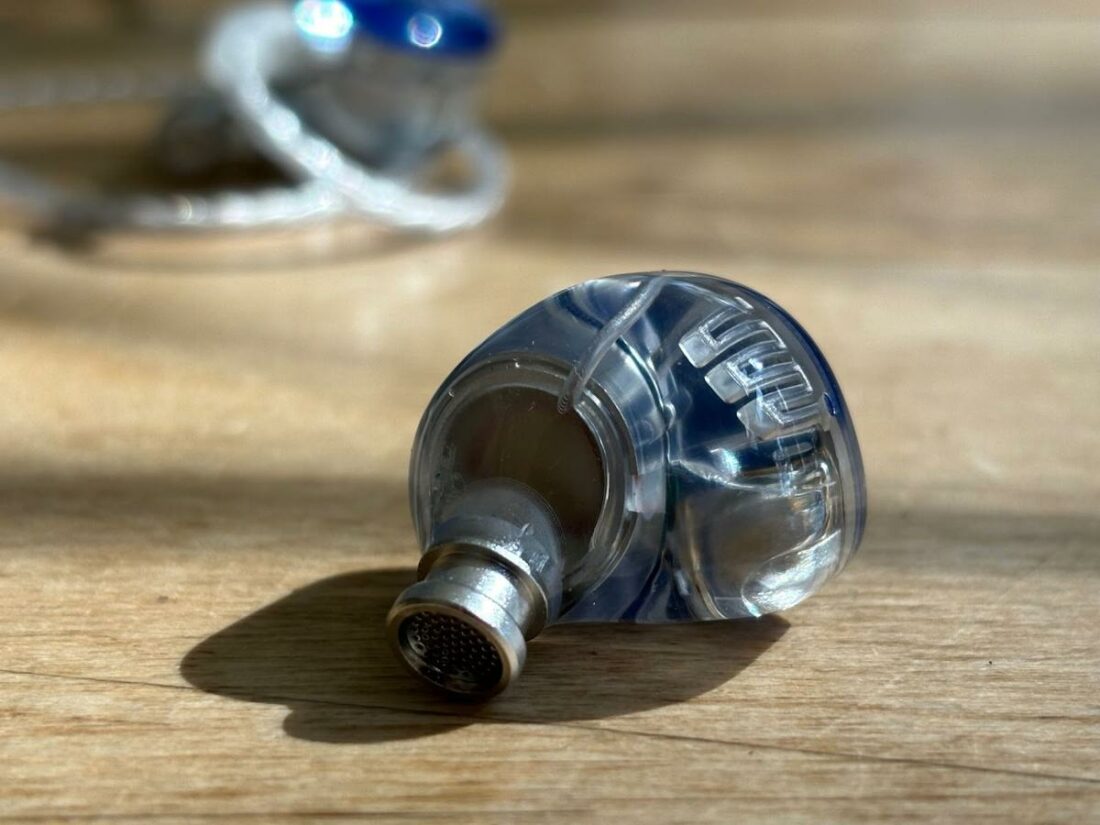
Comfort
Achieving a proper and comfortable fit is a mixed bag, as the nozzles and tips are unusually short. The flimsy silicone tips make it even more challenging to maintain a decent seal. I suggest swapping them for your favorite and more extended tips.
On the plus side, the IEM bodies are small, smooth, and svelte, so they should fit easily into most ears.
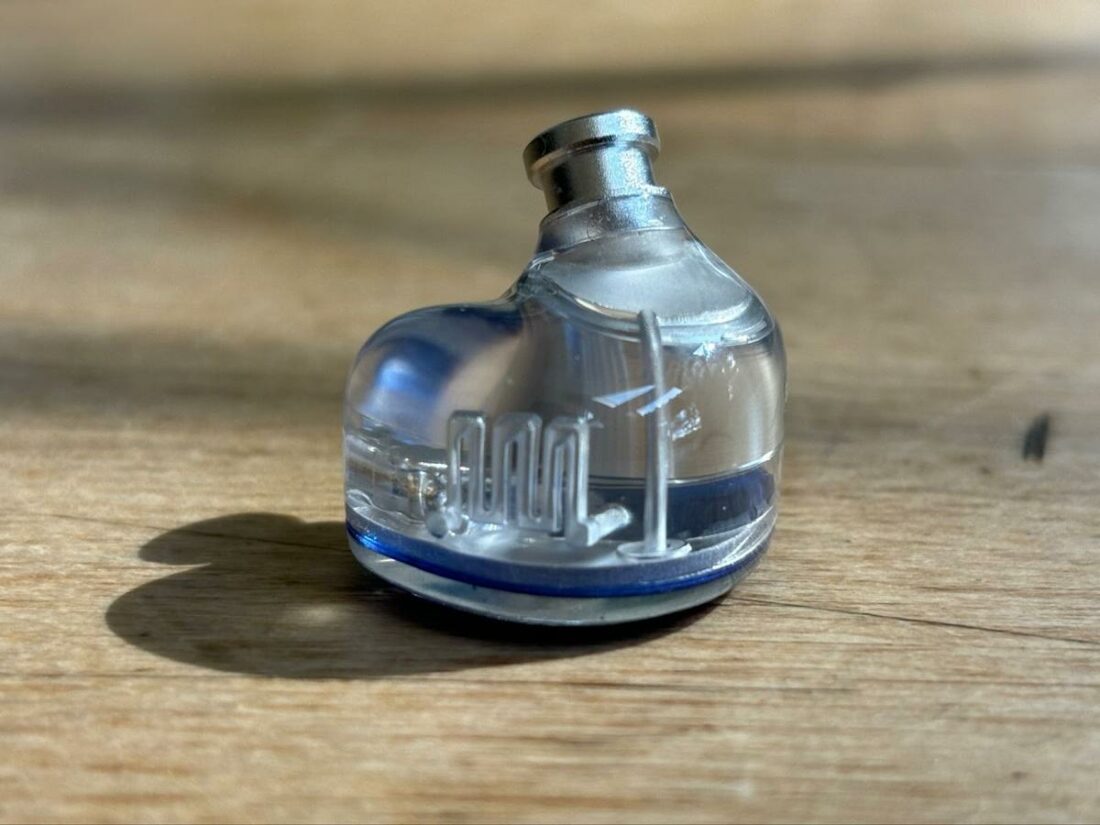
Under the Hood
The Singolo use a single 11mm Japanese Liquid Crystal Polymer (LCP) diaphragm dynamic driver – which is not unusual. Indeed, the KIWI Acoustic Resonance System (KARS) is their claim to fame.
Crinacle tuned the KARS to increase sub-bass frequencies and tame the mid-bass range. Specifically, he targeted reducing 300Hz reproduction to ensure clean, neutral midrange performance.
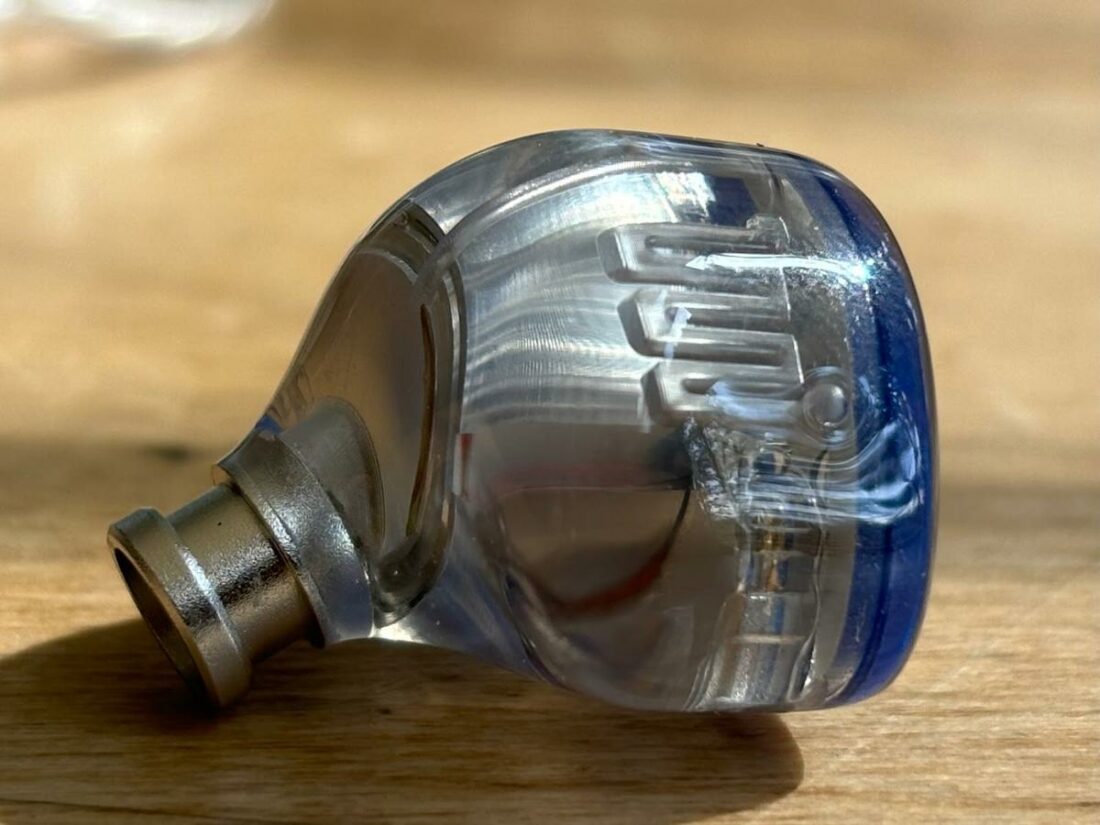
How Do the Singolo Sound?
With a rated impedance of 32 Ohms and sensitivity of 108 dB/mW, the Singolo can be driven sufficiently from most sources, including dongles, up to more robust amplification. I didn’t notice a considerable scaling improvement from the basic Apple dongle up to the Mojo 2, although dynamics seem more impactful with more amplifier power.
Crinacle has made his intentions clear for the Singolo sound – a focus on clear vocals and forward-sounding instruments with a strong bass shelf. As with any strongly hyped product, there will be proponents and detractors. Lovers and haters. Crinacle seems to have that effect on folks.
Do the Singolo sound like he promised? More or less.
The Singolo have a distinctive sound signature and quality that are befitting of their affordable price tag. However, to my ears, they are not dragon slayers.
Overall, the Singolo are relatively neutral sounding with an ample low end. They are quite easy to listen to and have a natural midrange tonality, which benefits from a touch of low-end warmth. I hesitate to say that there is ‘subwoofer-like’ performance, although the lower bass region is prominent – depth and weight without bloat or bloom.
Technicalities, such as soundstage, detail, and imaging, are about what I expect in this price category; they sound like decently competent IEMs but are firmly anchored to an inside-the-head listening experience.
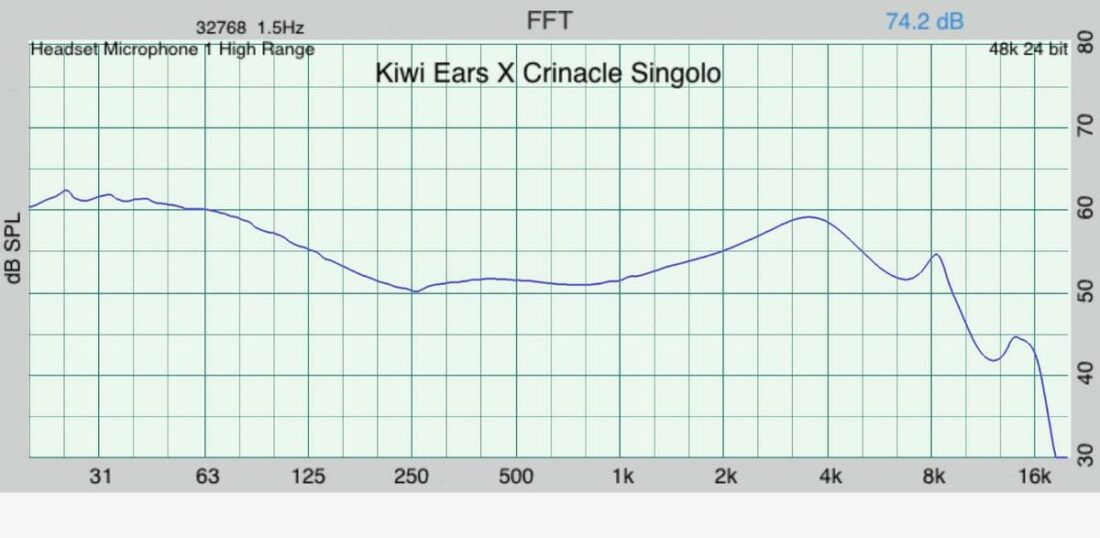
Bass
Bass is what the Singolo are hanging their hat on. The KARS promises to deliver immense sub-bass without upward frequency bleeding.
As a proof of concept, I deem the Singolo a success. The lower bass frequencies are strong, and the mid-bass remains clean and quick sounding. While the Singolo aren’t going to win any awards for detail, the driver control does well to ensure things don’t get too muddy or lost.
It’s all pretty safe sounding.
Bassheads will likely be satisfied, while the rest of us can still enjoy the remainder of the musical spectrum. If you aren’t a bass-lover, these may not be the pair of IEMs for you.
Midrange
The midrange holds its own even against the prominent lower frequencies. While not overly detailed, vocals and instruments do project in a relatively forward manner that captures the listener’s attention. Although the bass is clearly the star of the show, the midrange does quite a bit right.
Is it the KARS bass shelf that creates this distinct impression? If so, one point to Crinacle.
The upper midrange has slightly more energy than the lower frequencies, which gives the sound a lift but doesn’t veer into shoutiness territory. I prefer this slightly lower-energy tuning approach versus prominent 3-4kHz spikes that I find fatiguing to listen to. YMMV.
Treble
Treble reproduction on the Singolo is comfortable but significantly rolled off in the upper frequencies. This isn’t an exceptionally airy-sounding pair of IEMs intended for analytical listening. Pop them in, queue up something with a prominent drum line, and prepare to nod your head.
The highest treble frequencies do not have much energy, but the overall impression is warmth rather than lack of resolution. It’s far from bad, as long as this is the sound signature you enjoy and are expecting – laid back and smooth.
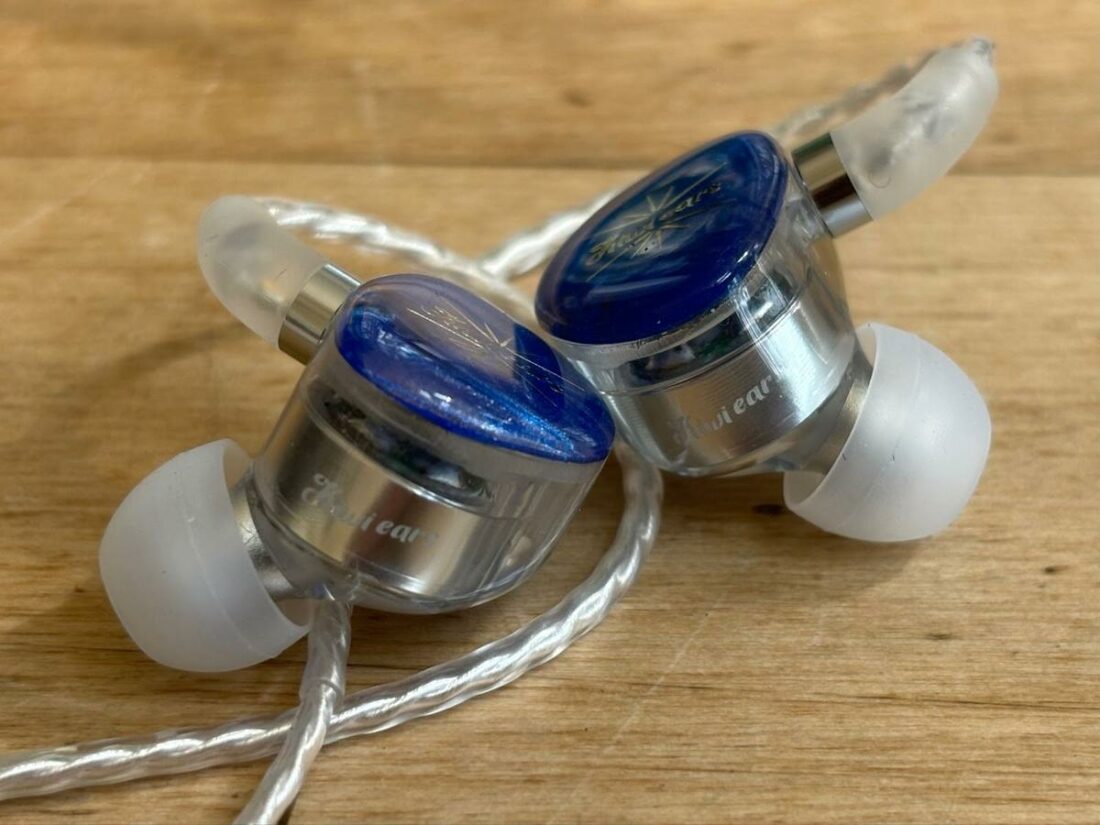
Where to Buy
Who Should Buy This?
Anyone with a sub-USD$100 budget who is interested in Crinacle’s tuning preferences or Helmholtz resonator technology should give the Singolo a look and listen.
Final Thoughts
I’ve recently reviewed IEMs that are far more expensive than the Singolo, and I struggled with their value proposition. It seems odd that the Singolo, a product priced at a small fraction of those IEMs, should give me the same issue.
It isn’t that the Singolo are bad. They aren’t.
In fact, they have an attractive, high-quality design and build, and an enjoyable sound signature. However, the included accessories seem too meager for the asking price: a lackluster cable, no carrying case, and fit issues exacerbated by flimsy ear tips and a shallow nozzle.
They’re absolutely fine. But cool tech and celebrity branding aren’t quite enough to make them shine within their highly competitive price bracket. The Singolo stand as a successful proof of concept, and I hope the inevitable successor can also wow me with value.
What’s in the Box?
- Singolo IEMs
- Three wide-bore silicone ear tips (s, m, l)
- Three narrow-bore silicone ear tips (s, m, l)
- 3.5mm, 2-pin cable (1.2m)
Technical Specifications
- Form: IEM
- Driver: 1x Dynamic driver
- Shell/Cup Material: resin
- Impedance (Ohm): 32 Ohm
- Sensitivity (dB/mW): 108 dB/mW
- Frequency Response (Hz): 20 Hz – 20 KHz
- Removable Cable: Y
- Cable Type: 3.5mm, 0.78mm 2-pin, 1.2m long
- Weight (g): 4g
